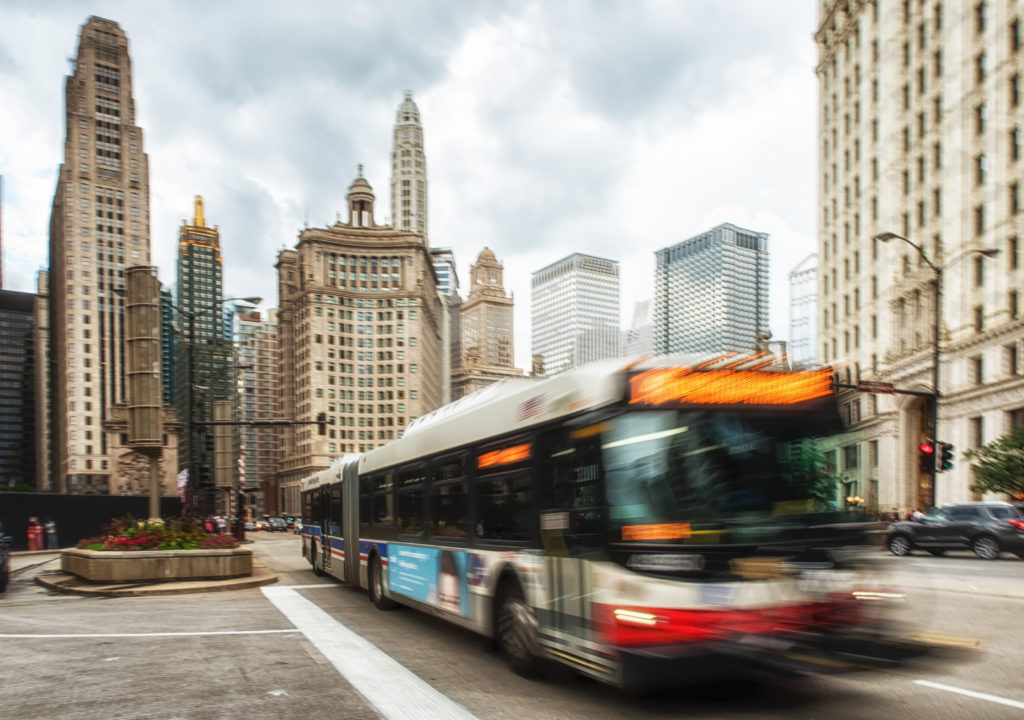Distracted driving is an issue for everyone who shares the road, and cellphone use while operating a commercial motor vehicle or while driving near a truck can lead to fatal accidents.
Because of this, American Trucking Associations has formally expressed its support for a federal bill that would work to end the usage of cellphones while driving for all drivers–passenger vehicle drivers and truckers alike.
In February of this year, the Safe to Drive Act–a bipartisan bill–was introduced to the House and the Senate. The legislation would allocate up to a quarter of the U.S Department of Transportation’s funds within national priority safety program grants to states that can show they have set forth a statute regarding distracted driving that: can be used for drivers of any age, bans any handheld cellphone use or handheld use of any personal communication device while driving, and ensures that the violation of said statute is a primary offense.
“The trucking industry knows all too well the dangers of distracted driving and the threat it poses to all motorists, not just our professional truck drivers whose workplace is our nation’s roadways,” said Dan Horvath, Vice President of ATA’s Safety Policy, in a recent letter to transportation leaders in both the House and the Senate. “Ensuring all drivers are educated about the dangers of distracted driving, and effective enforcement of common-sense highway safety laws, will greatly aid our shared goal of zero highway fatalities.”
While many may assume that accidents involving a passenger vehicle and at least one truck due to distracted driving may be the fault of a trucker, Horvath noted that typically, these incidents are caused by dangerous behavior demonstrated by passenger vehicle drivers.
“Although 70 percent of fatal crashes involving a large truck and passenger vehicle are initiated by the actions of, or are the fault of, a passenger vehicle–there is now federal law preventing passenger vehicle drivers from using handheld mobile devices while driving,” he said. “Our nation’s professional truck drivers see distracted drivers all the time, and, unfortunately, no level of defensive driving can prevent all accidents from occurring.”
Current federal mandates restrict truck drivers from operating vehicles while using any handheld devices at any time–even while stopped at a traffic light.
“Given data showing the majority of car-truck collisions are the result of passenger driver behavior, extending those bans to all drivers and not just truck drivers will have a positive impact on safety,” Horvath added.
According to ATA, the Safe to Drive Act will be a “tremendous opportunity” for the country and the transportation industry to focus upon and allocate helpful resources to all accidents that are so often caused by distracted drivers–the kinds of accidents that can be hard for a truck driver to avoid.
“In commercial trucking, we require drivers to keep their eyes on the road ahead at all times–and we should expect the same vigilance of every motorist on the road,” said Horvath. “Sadly, convenient access to social media and streaming services has only increased the number of potential road hazards, leading to increases in the quantity and severity of distracted driving incidents.”
In fact, many truck drivers are incredibly surprised–and horrified–to learn about how often distracted driving really occurs on the road and how tricky it can be to anticipate the accidents that may accompany those distractions.
“I have seen everything from texting, to putting makeup on, to even reading a newspaper while driving,” said YRC Freight truck driver, Steve Fields. “Taking your eyes off of the road for just two seconds compromises highway safety. Anything we can do to reduce distraction is a good thing.”
This legislation’s co-sponsors hope that this kind of bill will help bring an end to these easily avoidable dangers once and for all.
“When drivers take their eyes off of the road, they endanger themselves, other drivers, and pedestrians,” said Senator Amy Klobuchar. “This legislation will help ensure states have the resources to create safer roads for all and ultimately, save lives.”
The number of deaths in accidents that involved distracted drivers made up 8.7 percent of all roadway deaths in 2019–a total of 3,142 fatalities at the hands of cellphone use or other distractions while operating a motor vehicle.
“This represents an increase of 284 fatalities than the previous year–an increase of 9.9 percent,” Horvath explained. “This trend is unacceptable for highway safety. Although numerous factors contribute to highway crashes, driver distraction as a result of mobile devices is not accidental. Moreover, it is completely preventable.”





